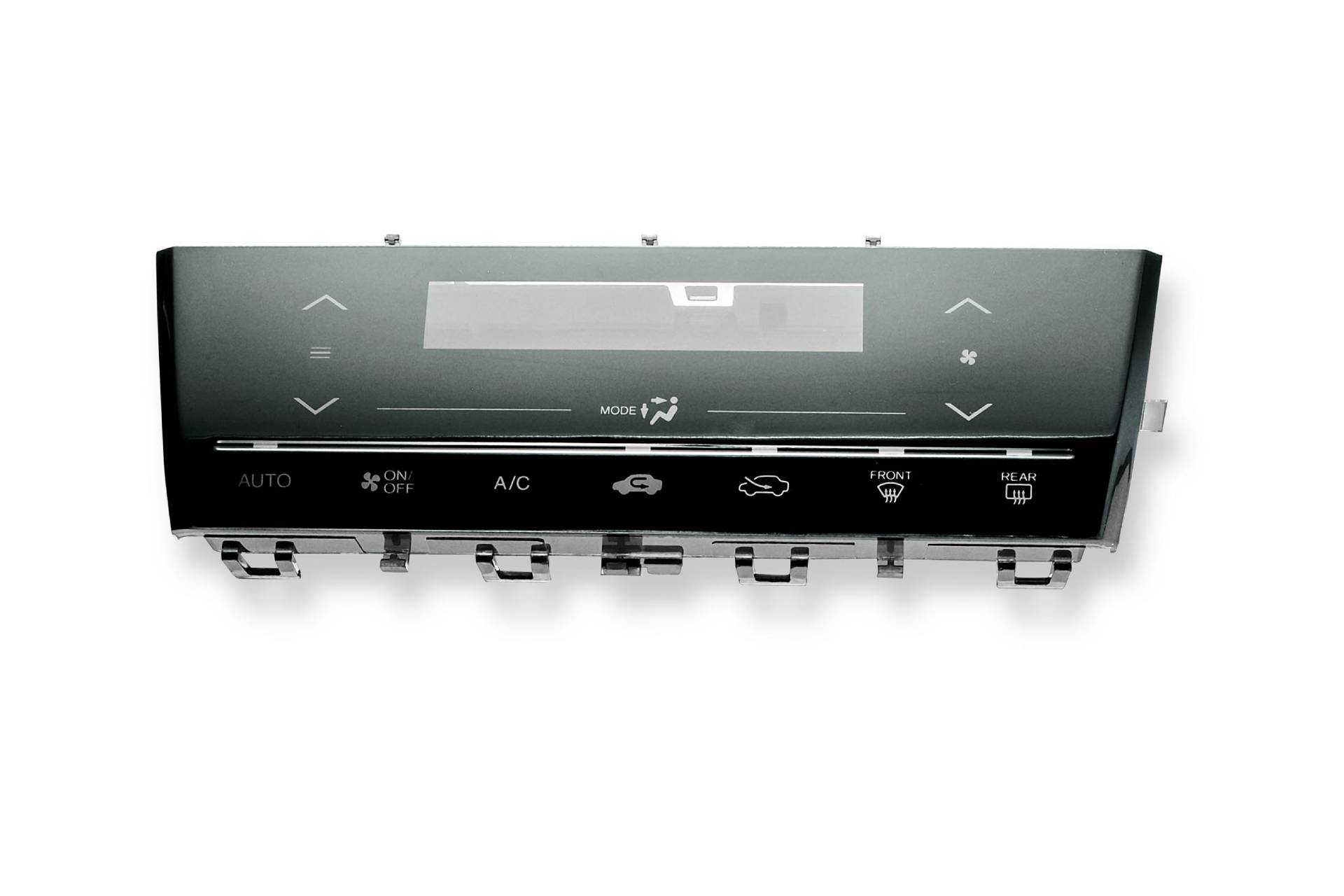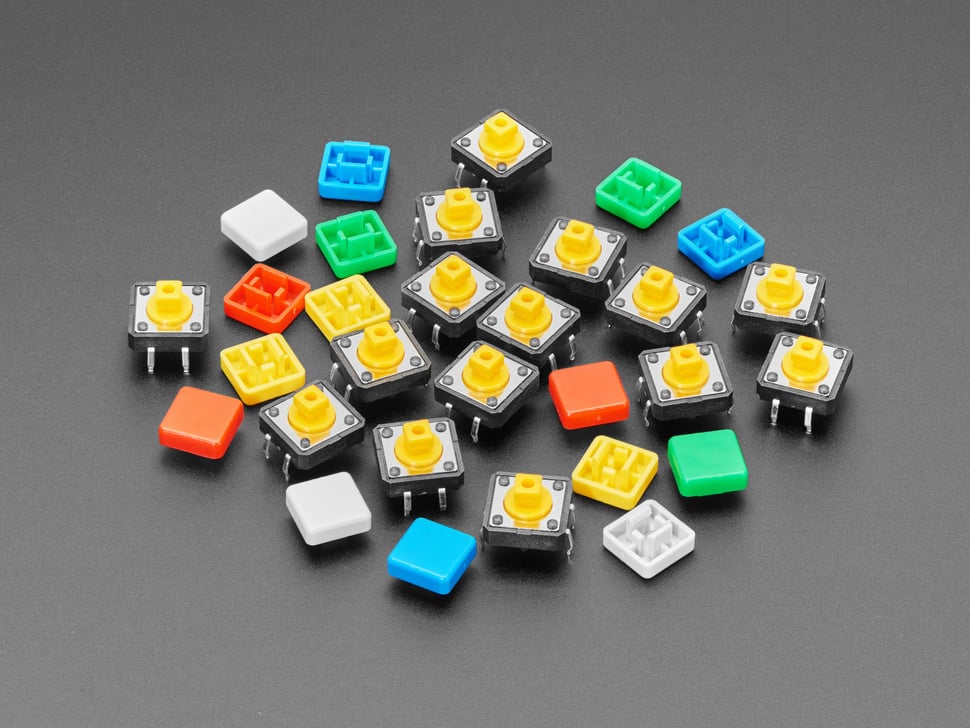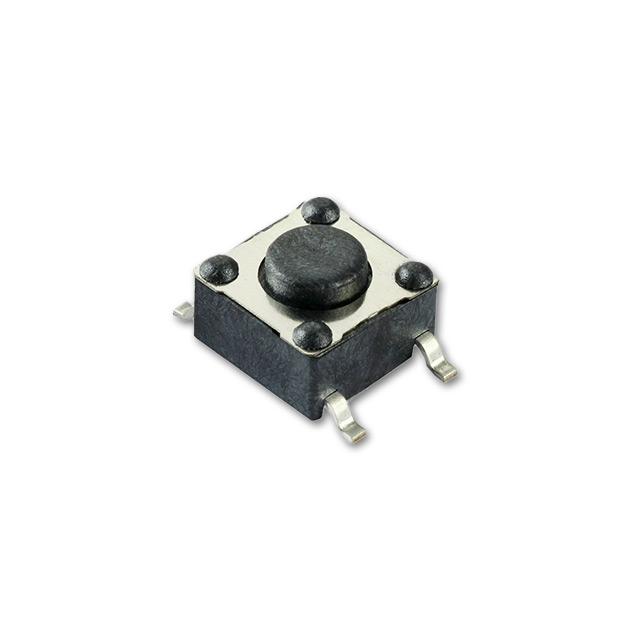The industry offers a variety of tactile switches with different levels of actuation.
The Importance of Tactile Switches in Creating Reputable Interface
Tactile buttons, integral components in different electronic gadgets, use distinct feedback through a physical sensation upon actuation - tactile switches. As technology permeates more aspects of daily life, understanding the subtle yet significant effect of these switches on individual interaction becomes essential.
Comprehending Tactile Feedback: The Basics of Tactile Switches
Tactile buttons, essential components in various digital tools, supply instant physical comments when activated. These switches include a device that customers can feel and listen to at the factor of get in touch with, verifying an action has actually been launched. Frequently discovered in keyboards, remotes, and commercial controls, responsive switches are preferred for their sharp, crisp feedback which improves the certainty of input commands.
The construction of a responsive switch consists of a dome-shaped rubber or steel that collapses and after that rebounds upon launch, finishing an electrical circuit. This activity generates a recognizable click. The distinct responsive and audible responses is important for busy atmospheres like pc gaming or in circumstances calling for accurate data access, where individuals benefit greatly from immediate physical verification of their inputs.

Efficiency in style likewise permits these buttons to be durable, typically sustaining numerous cycles without efficiency degradation, making them reputable elements in both customer electronic devices and high-demand commercial applications. - tactile switches
The Duty of Tactile Switches Over in Enhancing User Experience

Additionally, responsive buttons contribute to a much more instinctive user experience. As a result, individuals usually report higher degrees of convenience and decreased tiredness, specifically in scenarios involving extended usage of modern technology, underscoring the important function of tactile buttons in modern-day user interface design.
Applications and Advancements: Tactile Changes Throughout Industries
Where might one come across tactile switches outside of standard customer electronics? In health care, tactile buttons are made use of in handheld diagnostic tools where specific comments is important for operation.
In the automotive industry, responsive buttons contribute to safer driving experiences by being included into steering wheel controls and dashboard user interfaces. This enables chauffeurs to operate stereos, GPS, and various other in-car capabilities without looking away from the roadway.
Likewise, in commercial setups, these switches are crucial for machinery controls where operators depend on clear tactile responses to verify successful activation or deactivation of tools, therefore preventing functional errors find out this here and improving safety in settings that frequently entail high-stakes operations. These examples highlight how responsive buttons assist in reliability and effectiveness throughout diverse sectors.
Conclusion
